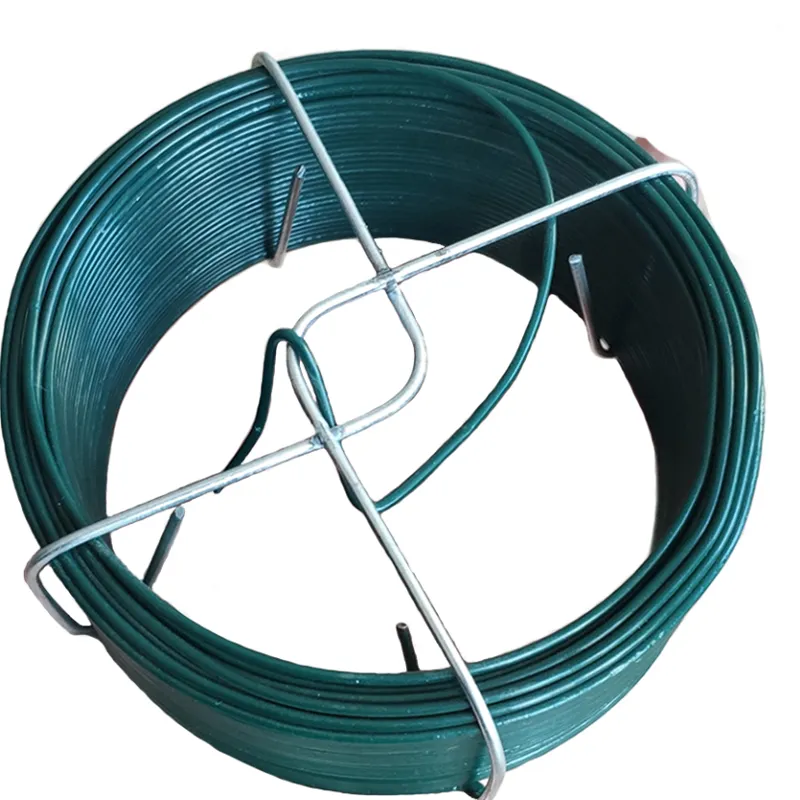-
 Phone:
Phone: -
 Email:
Email:

Effective Security Solutions with Concertina Wire Fence Systems for Enhanced Protection
The Versatility and Importance of Concertina Wire Fences
Concertina wire fences, a prominent choice in security and boundary fencing, are known for their distinctive coiled design and sharp barbs that deter unauthorized access and enhance safety. These fences, often used in military installations, correctional facilities, and agricultural properties, provide a practical solution for a range of applications due to their robust construction and high effectiveness in maintaining security.
Design and Functionality
Concertina wire, often referred to as razor wire, consists of sharp-edged steel tape coiled in a spiral formation. The design allows it to create a physical barrier that is difficult to climb or cut through. When installed correctly, concertina wire can reach considerable heights and is typically mounted on fencing poles or walls, further escalating its deterrent capacity. The sharp barbs on the wire create an intimidating presence, making it an effective psychological barrier against intruders.
The structural integrity of concertina wire is one of its major benefits. It is made from high-tensile steel that is resistant to corrosion and wear, ensuring that it can withstand the elements over an extended period. This is particularly advantageous in harsher climates, where other types of fencing may deteriorate rapidly. Additionally, its lightweight nature means that installation is relatively straightforward, requiring less manpower and equipment compared to heavier fencing materials.
Applications
Concertina wire fences are versatile and can be found in multiple environments. In military and governmental applications, they are utilized to secure sensitive facilities, ensuring that only authorized personnel can access certain areas. The intimidating appearance acts as a significant deterrent against espionage or sabotage.
concertina wire fence

In correctional facilities, concertina wire plays a crucial role in preventing escapes. The combination of its height and barrier characteristics ensures that inmates are unable to access the outer perimeter, thus enhancing overall security.
Agricultural properties also benefit from this fencing option. Farmers use concertina wire to protect livestock from predators and to secure property boundaries against trespassers or wildlife that can damage crops or harm livestock. Its effectiveness in keeping unwanted entities at bay makes it a trusted choice among landowners.
Legal and Ethical Considerations
While the advantages of concertina wire fencing are substantial, it is essential to consider the legal and ethical implications of its use. In some regions, the installation of such fencing is regulated to ensure it does not harm individuals or the environment. Property owners must comply with local laws concerning fencing types, ensuring that they maintain a balance between security and community safety.
Moreover, vigilance is necessary to prevent potential misuse of concertina wire. In community settings, its use can sometimes evoke concerns about safety and accessibility for the general public. Thus, it is recommended that property owners remain mindful of their community’s feedback and consider alternative security measures where appropriate.
Conclusion
In conclusion, concertina wire fences represent a potent solution for security across various sectors, including military, correctional, and agricultural environments. Their robust design, ease of installation, and deterrent characteristics make them a favored choice for safeguarding property and assets. However, it is crucial to balance security needs with community safety and legal responsibilities. By doing so, property owners can effectively protect their space and maintain a harmonious relationship with their surroundings. In a world where security is a growing concern, concertina wire fencing undoubtedly provides a reliable method for safeguarding against intrusion and ensuring safety.
-
Wire Mesh for Every Need: A Practical SolutionNewsJul.25,2025
-
Steel Fences: Durable, Secure, and Stylish OptionsNewsJul.25,2025
-
Roll Top Fencing: A Smart Solution for Safety and SecurityNewsJul.25,2025
-
Cattle Farm Fencing Solutions for Maximum SecurityNewsJul.25,2025
-
Affordable Iron Binding Wire SolutionsNewsJul.25,2025
-
Affordable Galvanized Wire SolutionsNewsJul.25,2025
-
Wire Hanger Recycling IdeasNewsJul.25,2025








